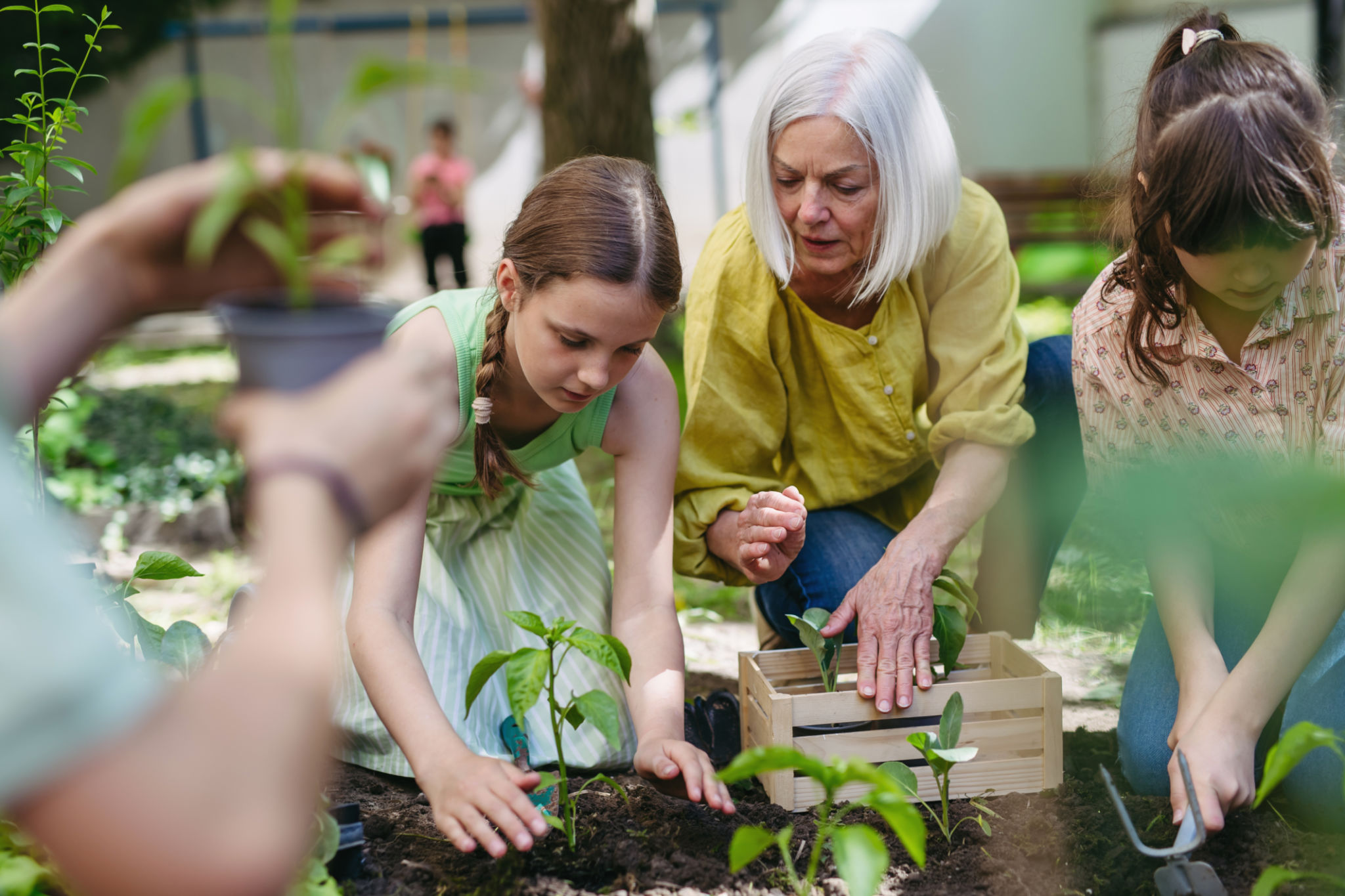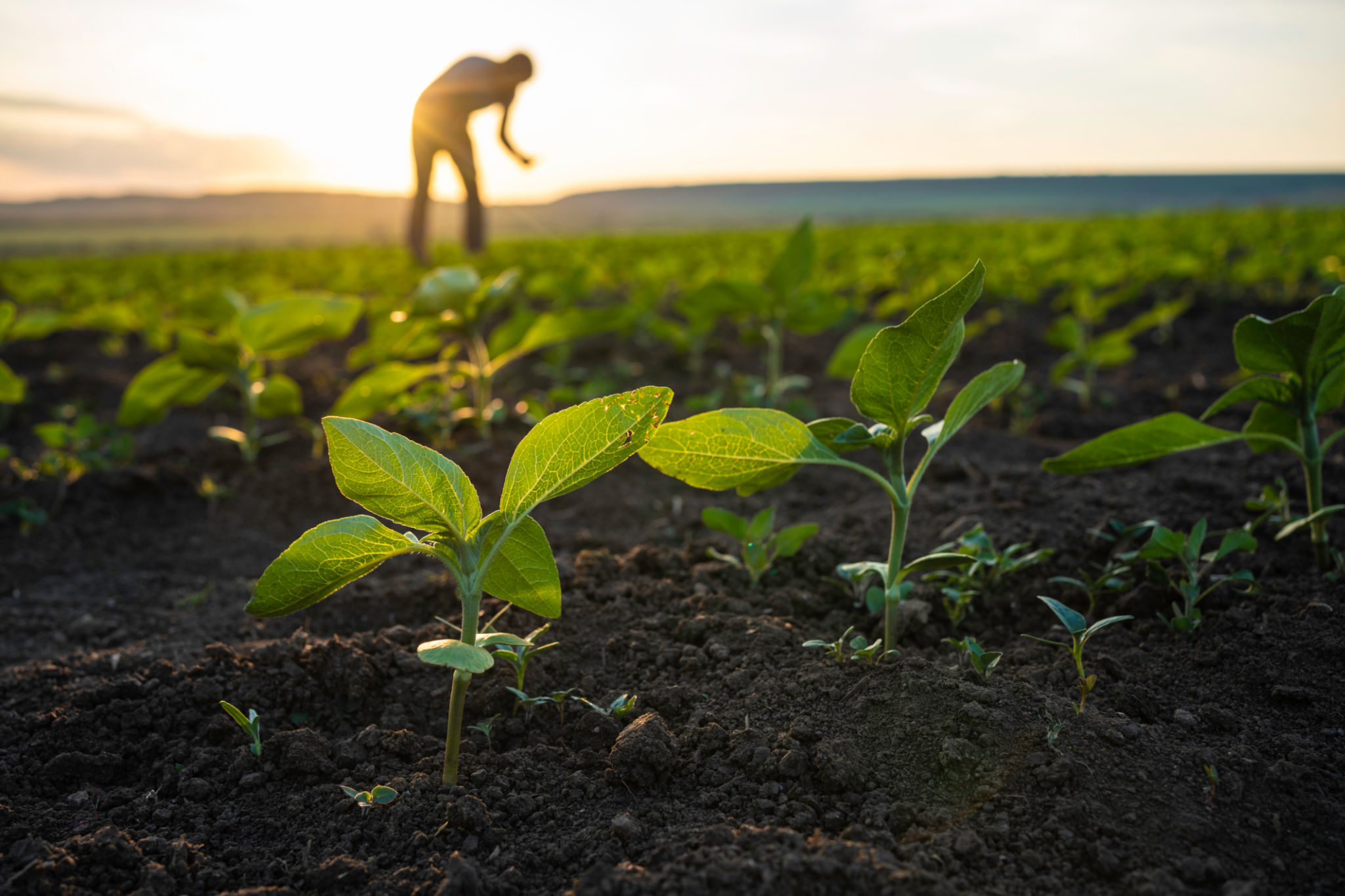Case Study: Successful Reentry Stories from Branford's GreenThumb Initiative
Introduction to Branford's GreenThumb Initiative
Branford's GreenThumb Initiative has been making waves in the community with its innovative approach to supporting former inmates in their reentry into society. By providing hands-on experience in sustainable agriculture, the program aims to equip participants with valuable skills and a renewed sense of purpose. This case study explores some of the most inspiring success stories from the initiative, showcasing the transformative power of community support and environmental stewardship.

The Power of Community Support
Central to the success of the GreenThumb Initiative is its strong emphasis on community support. Participants are welcomed into a nurturing environment where they are encouraged to learn and grow alongside their peers. This sense of belonging is crucial for individuals who are often marginalized and stigmatized after serving time in prison.
Through workshops, mentoring sessions, and group activities, participants develop both professional and interpersonal skills. The program fosters a supportive network that extends beyond the confines of the initiative, helping former inmates build lasting relationships within the community.
Skills Development and Employment Opportunities
A significant component of the GreenThumb Initiative is its focus on equipping participants with practical skills that enhance their employability. The program offers training in sustainable agriculture, including organic farming techniques, composting, and permaculture design. These skills are not only valuable in the growing green economy but also instill a sense of pride and accomplishment in participants.

Many graduates of the program have successfully transitioned into employment within the agricultural sector, while others have pursued further education or started their own small businesses. The initiative has proven to be a stepping stone toward economic stability and independence for many former inmates.
Personal Transformation Stories
One of the most compelling aspects of Branford's GreenThumb Initiative is the personal transformation experienced by its participants. Take, for example, the story of Michael, who joined the program after serving a five-year sentence. Initially unsure of his place in society, Michael found solace and purpose in tending to the gardens. Over time, he developed a passion for horticulture and is now pursuing a career in landscape design.
Similarly, Lisa's journey through the initiative has been nothing short of inspiring. After facing numerous challenges post-incarceration, Lisa discovered a newfound confidence and sense of direction through her work with GreenThumb. Today, she is an advocate for sustainable practices and regularly volunteers to help new participants navigate their reentry journeys.

Building a Sustainable Future
The success of the GreenThumb Initiative extends beyond individual achievements. By promoting sustainable practices and environmental awareness, the program contributes to a healthier, more resilient community. Participants are not only equipped with valuable job skills but also become ambassadors for sustainability, spreading the message of environmental stewardship throughout Branford.
The initiative exemplifies how innovative reentry programs can create positive ripple effects that benefit both individuals and society at large. By investing in people and the planet, Branford's GreenThumb Initiative is paving the way for a brighter, more inclusive future.
Conclusion
The stories emerging from Branford's GreenThumb Initiative serve as powerful reminders of the potential for change and growth in every individual. By providing support, education, and opportunities for meaningful work, the initiative is transforming lives and building stronger communities. As more programs like this take root across the country, they hold the promise of reshaping how society views reentry and rehabilitation.